The three railroads that shared Deramus red locomotives also shared the leadership of William N. Deramus III. He began working on the Wabash in 1939 and served in the U.S. Army Transportation Corps in British India before becoming general manager of the Kansas City Southern after the war. He died Nov. 15, 1989, at age 74.
Chicago Great Western
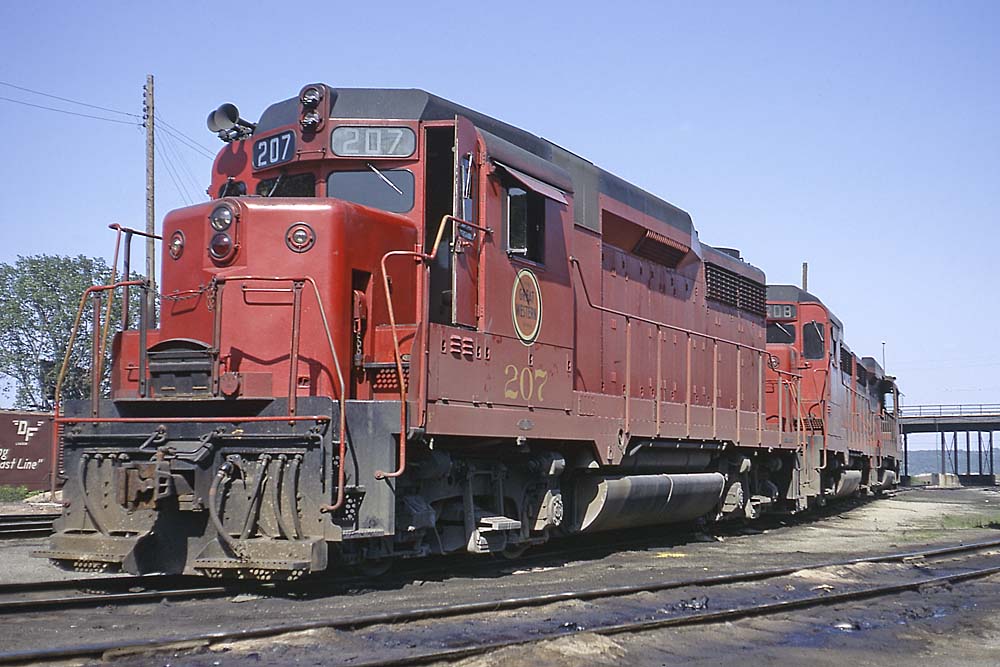
Deramus assumed the presidency of the “Great Weedy” in 1949. At 33 years old, he was the youngest railroad president at the time. The CGW dieselized in the 1940s, largely with EMD F units, but also with a mix of Alco, Baldwin, and EMD switchers and road switchers. During his tenure, the road acquired, curiously, additional F7B units to support the operation of longer trains on its main lines, three FP7s for remaining passenger services, and two GP7s. In fact, the road purchased only EMD power after Deramus’ departure in 1956. In the early 1960s, CGW traded many of its earlier F units to EMD for new GP30s and SD40s, all wearing the red paint that he had, by this time, adopted on the Katy.
Missouri-Kansas-Texas
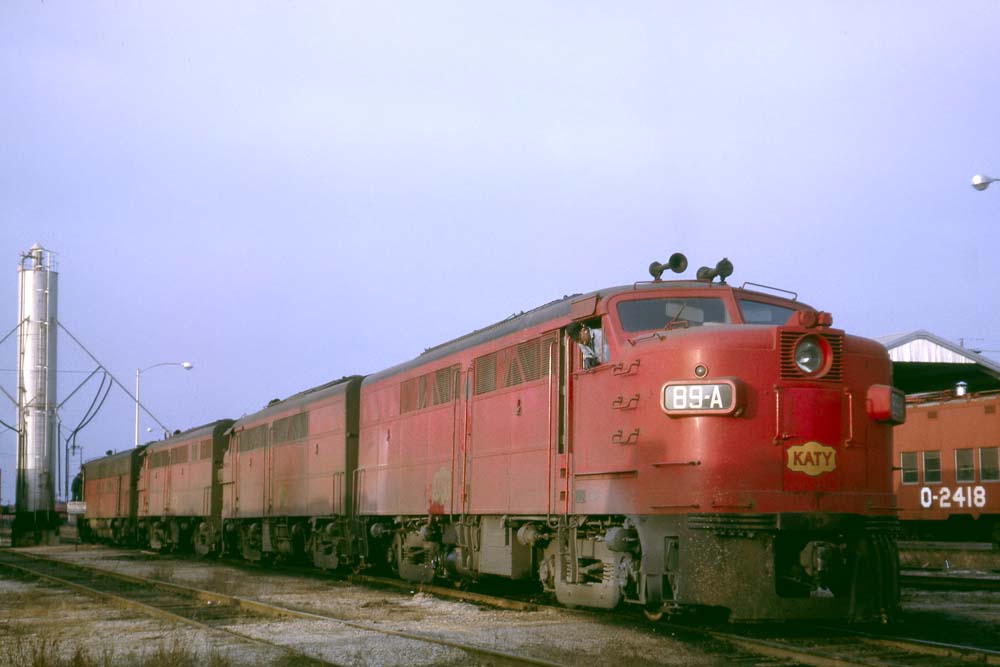
Deramus left the “Weedy” to join the “Katy” in 1956, again as its president, a position he held until 1961. There, he implemented many of the same operating changes he made at Great Western: long, slow freights with many Deramus red locomotives. During this time, the road acquired only six EMD SW1200s, Nos. 1-6. However, the Katy made significant gains in rebuilding its first-generation locomotive fleet: Alco FAs and RS3s and Baldwin DS44-1000s and AS616s re-engined with EMD prime movers. Perhaps the railroad remembered this after his departure as it only bought EMD power, excepting three GE U23Bs (that were eventually traded to EMD for new units), until its merger into Union Pacific in 1988.
Kansas City Southern
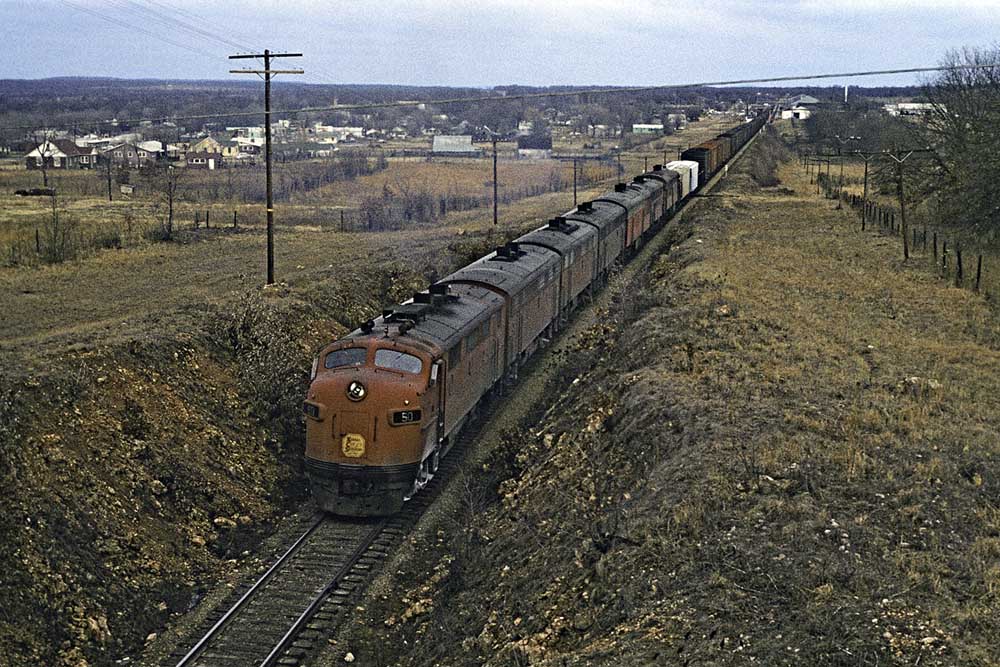
The Deramus legacy is much more complex at KCS than in his previous positions. William Deramus III assumed the presidency from his father, Deramus II, in 1961. The younger Deramus oversaw the delivery of 10 new EMD GP30s in 1962, painted, unsurprisingly, in trademark red. He also, significantly, transitioned the company to Kansas City Southern Industries, a diversified business with industrial interests beyond railroading. While at Katy, Deramus oversaw the wholesale curtailment of passenger service, but at KCS instead leaned into it, something his father had previously done. Finally, and perhaps most significantly for this story, he changed the road’s image from red to white with the delivery of 14 SD40s in 1966, thus ending the reign of Deramus red locomotives. Further, for new locomotive purchases, KCS remained all-EMD from 1961 until 1998.






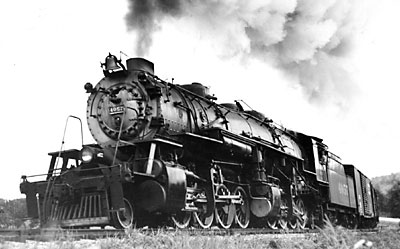
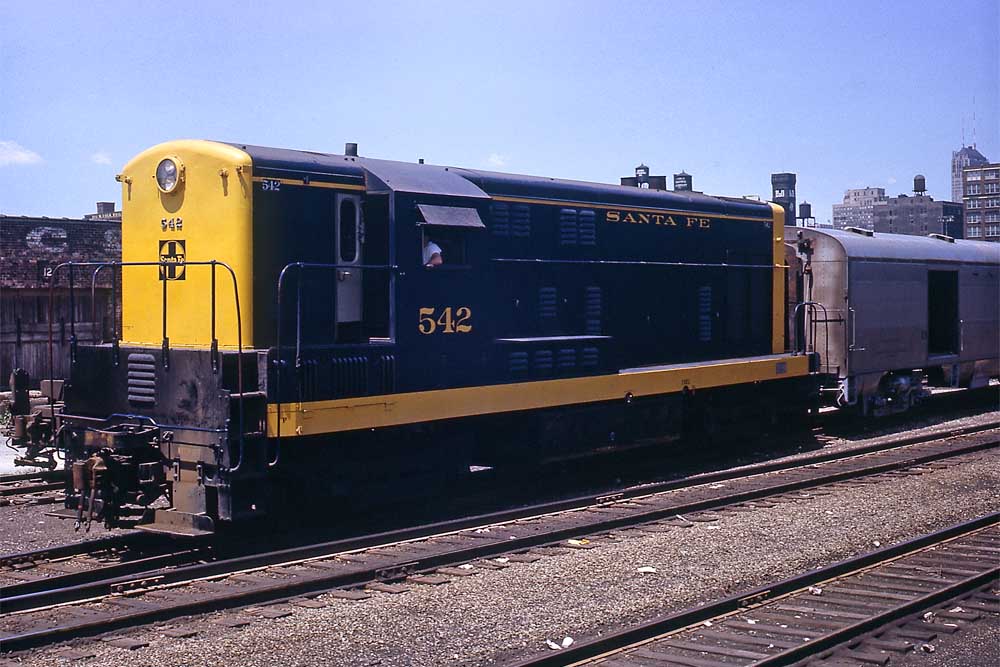
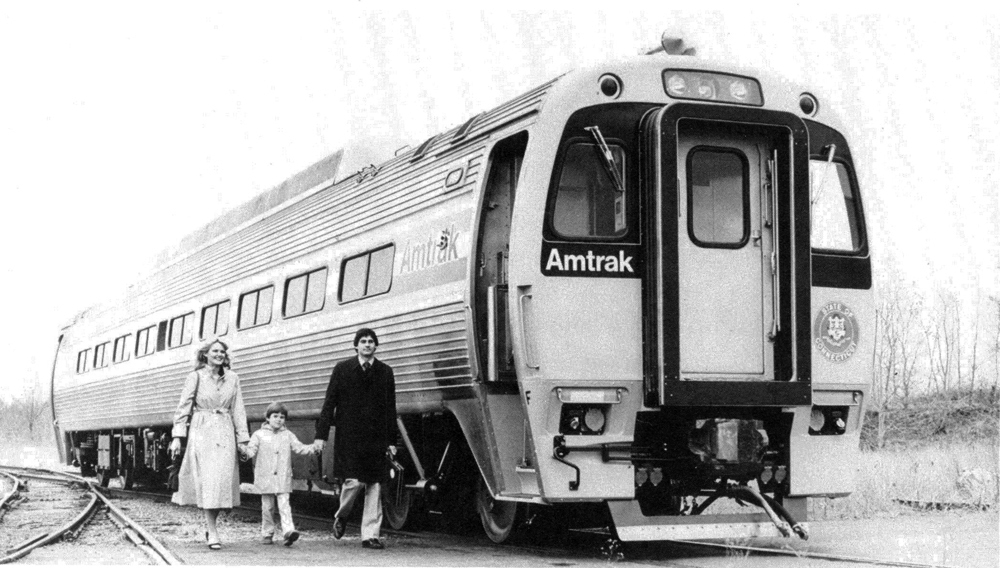
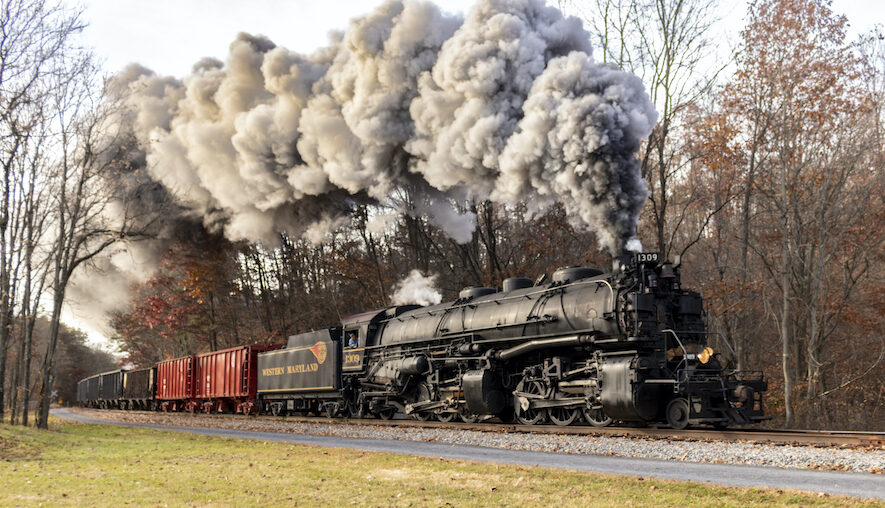




Deramus used the same printing company for employee timetables and certain other operating documents.